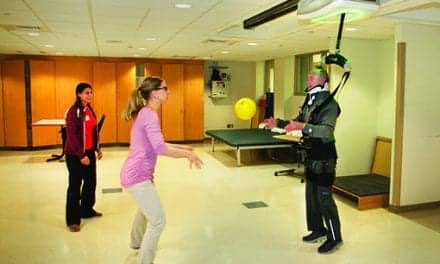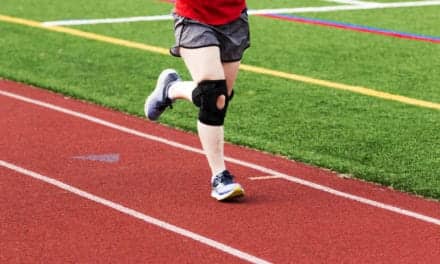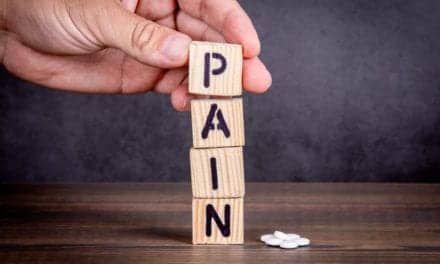Helping Improve PSychosocial Health — or HIPS — is a mind-body intervention that will be delivered by physical therapists to treat clients’ chronic hip pain.
Although it’s well known that regular exercise can reduce musculoskeletal pain, some chronic pain sufferers avoid it hoping to minimize their symptoms. One West Virginia University researcher aims to change this behavior in people experiencing chronic hip pain by developing a biopsychosocial intervention addressing the physical and psychological aspects of rehabilitation simultaneously.
Kate Jochimsen, assistant professor and director of research in the WVU School of Medicine Division of Athletic Training, is motivated by the frustration and hopelessness that she observes in some patients participating in the current unidimensional, siloed treatment of chronic hip pain. She plans to develop and implement Helping Improve PSychosocial Health — or HIPS — a mind-body intervention delivered by physical therapists, with support from the West Virginia Clinical and Translational Science Institute.
Related: Podcast: Mindful Movement with Karen Danchalski, PT, DPT
Jochimsen received a $769,697 National Institutes of Health award and funding through the National Center for Complementary and Integrative Health to back her efforts.
“Current treatment options for patients with non-arthritic hip pain conditions work well for some. However, many are left with an unacceptable level of pain and dysfunction,” says Jochimsen. “In addition, patients in rural West Virginia communities are especially vulnerable to the disability associated with failed treatment due to rampant comorbidities and economic disparities.”
She is committed to helping change that through the holistic management of musculoskeletal pain conditions that goes beyond current treatment, which she says follows an outdated model largely ignoring the impact of psychological health.
“A negative psychological response to injury is common and further reinforces low physical activity participation,” Jochimsen says. “The HIPS mind-body intervention is multimodal and will include aspects of mindfulness like self-compassion, progressive relaxation, and mindful awareness of pain, as well as goal setting, pain education, adaptive thinking, and diaphragmatic breathing techniques that will be taught and incorporated into rehabilitation.”
For example, Jochimsen says patients will be taught to use diaphragmatic breathing when noticing anxiety about pain or self-compassion when not meeting their physical activity goals.
“My goal as a rehabilitation clinician is to treat the whole person, not just the injury. If I can help to reduce a patient’s injury-related fear or increase their confidence to be physically active while also making them stronger and retraining their movement — it’s a win-win,” she says.
The five-year NIH-funded project is broken into three stages including intervention development, refinement, and a feasibility randomized controlled trial. Jochimsen is already interviewing patients with chronic hip pain, and the physical therapists who treat them, to identify intervention and training preferences.
For the feasibility randomized controlled trial, physical therapists will provide participants with three mind-body sessions in the laboratory and three sessions on the phone. Subsequent trials will embed the mind-body intervention into the flow of the physical therapy clinic.
Image Caption: Incorporating mind-body interventions into routine physical therapy may help people with chronic hip pain, according to a new research project led by Kate Jochimsen, assistant professor and director of research in the West Virginia University School of Medicine Division of Athletic Training. Credit: WVU Illustration/Aira Burkhart





